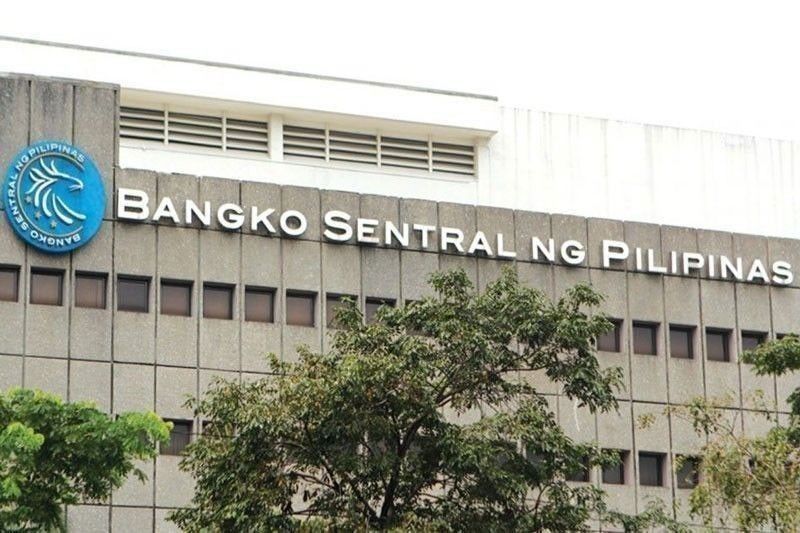‘Higher inflation forecast pushes rates deeper in red’

MANILA, Philippines — The decision of the central bank’s Monetary Board to raise its inflation projections further pushed real interest rates into the negative territory, said Singapore’s DBS Bank Ltd.
The Bangko Sentral ng Pilipinas decided to keep interest rates steady at an all-time low of two percent last Dec. 17 after an aggressive easing that saw rates drop by 200 basis points to cushion the impact of the COVID-19 pandemic.
On the other hand, inflation accelerated to a 21-month high of 3.3 percent in November from 2.5 percent in October and averaged 2.6 percent during the 11-month period.
This prompted the BSP to hike its inflation forecast to 2.6 instead of 2.4 percent this year and to 3.2 instead of 2.7 percent for next year due to the sharp increase in global crude oil prices as well as higher-than-expected food inflation.
“The BSP’s modest upgrade in inflation forecasts for 2020 and 2021 will, however, push real rates to red, narrowing the scope for aggressive rate cuts in 2021,” DBS said.
The real interest rate is approximately the nominal interest rate minus the inflation rate. It is the rate of interest an investor, saver or lender receives after allowing for inflation.
Aside from the aggressive rate cuts, the BSP has been doing the heavy lifting after lowering the reserve requirement ratios for banks, extending a P540 billion provisional advance to the national government, entering into a P300 billion repurchase agreement with the Bureau of the Treasury settled last Sept. 29 and purchasing government securities in the secondary market
“Philippines has to contend with a deeper contraction in growth and compensate for smaller fiscal support, thus doing much of the heavy lifting on the policy front,” DBS said.
The COVID-19 response of the central bank unleashed P1.9 trillion into the financial system to boost economic activity.
Negative interest rates are supposed to boost economic activity by encouraging banks and other entities to lend or invest excess funds.
However, credit growth dipped further to a 14-year low of 1.9 percent in October from 2.3 percent in September as soured loans of banks continued to climb due to higher defaults amid the COVID-19 pandemic.
The Philippines slipped into recession with gross domestic product (GDP) shrinking by 10 percent from January to September as the country imposed the longest and strictest lockdown in the world.
Economic managers through the Development Budget Coordination Committee (DBCC) now see a deeper GDP contraction of 8.5 to 9.5 percent instead of 4.4 to 6.6 percent this year before a recovery next year with a growth of 6.5 to 7.5 percent.
- Latest
- Trending





























